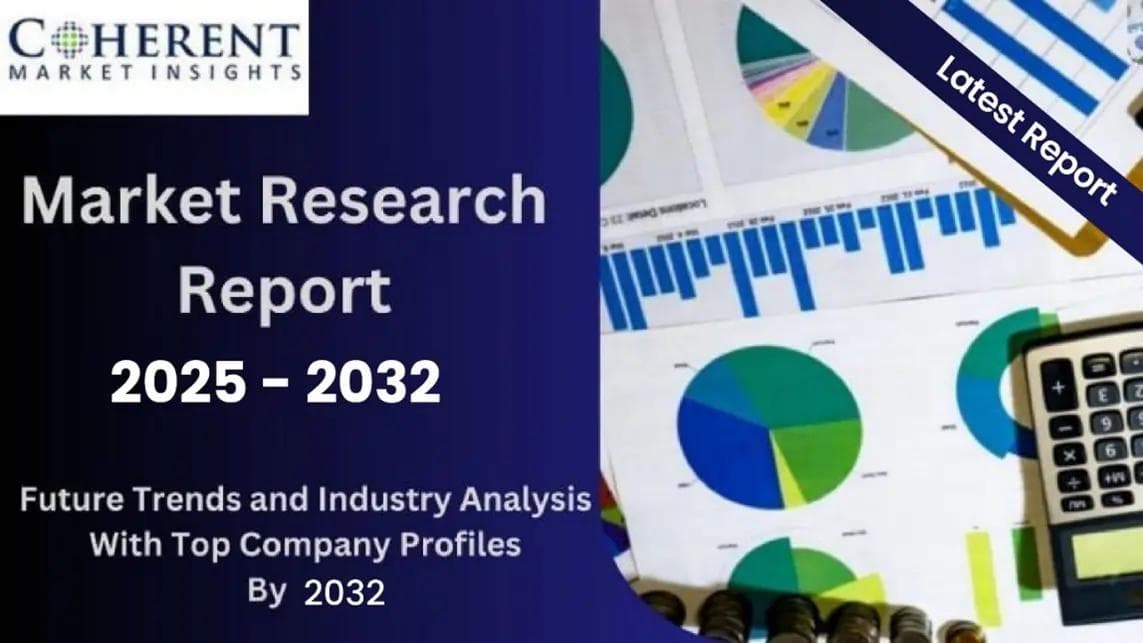How UK CFOs Should Plan for Post-Pandemic Challenges
How UK CFOs Should Plan for Post-Pandemic Challenges
Published by Jessica Weisman-Pitts
Posted on November 4, 2021

Published by Jessica Weisman-Pitts
Posted on November 4, 2021


Dafydd Llewellyn, EMEA General Manager at insightsoftware
As British companies struggle to return to normality, CFOs are faced with sudden new challenges to consider as they plan for 2022. The UK government’s decision to fund increased spending on health and social care through a rise in National Insurance will impact payrolls, while the sudden jump in retail price inflation could herald a rise in interest rates. As finance teams prepare next year’s budgets, they need the right data and tools to make rolling forecasts a reality, giving them the insights and agility to make tough decisions in real time, writes Dafydd Llewellyn, EMEA General Manager at insightsoftware.
As the UK economy edges towards normality post-pandemic, CFOs are still living with considerable uncertainty.
Recently, the government took a major decision to increase spending on health and social care via an increase in payroll taxes. The 1.25% National Insurance (NI) hike affects both employees and employers, translating into a £12bn annual tax take[1].
Now, undeniably, the pandemic damaged the UK’s finances, so any rational observer expects some increase in taxation. However, this particular solution has raised eyebrows since the government expressly ruled out an increase in NI contributions during the December 2019 General Election campaign.
As a result, this recent tax news forces finance leaders to reassess their payroll costs for 2022 – and beyond. From April 2023, the NI increase will morph into a Health & Social Care Levy, meaning that the extra payroll cost is here for the long term.
UK businesses are also impacted by the jump in retail price inflation, which is now at a nine-year high. The figures for August showed a rise in the year-on-year inflation rate to 3.2%[2]. Technical factors were partly responsible, but it represents a big headache for CFOs accustomed to planning for the ultra-low inflation levels of recent years. Indeed, some analysts suggest that UK interest rates could rise as soon as February 2022. This has implications for the cost of corporate borrowing, but also for pricing. Additionally, it impacts payroll, as workers begin to expect annual pay rises to cope with rising retail prices.
The need for rolling scenario planning
These two recent pieces of news – one fiscal, one macro-economic – highlight the need for forecasting in real time to make the necessary business decisions throughout the year. This approach to planning requires three things:
1) Having all the planning data in one integrated system which is powered by automation;
2) Removing the remaining manual, error-prone processes that still lurk within too many finance functions;
3) Connecting the different phases of the planning process together so, for example, a change in sales forecasts automatically updates the financial forecasts. For companies with multiple foreign subsidiaries, that sort of automation means that changes made by local managers will automatically update the group figures without a frustrating time-lag and siloed workflows.
Today’s CFOs also require a dashboard, so they can visualise these changing scenarios in a way that is simple and effective. With the support of rolling scenario planning, they can then anticipate the unexpected, make better and more informed choices as situations evolve, and mitigate risks wherever these might appear.
Most importantly, intuitive data visualisation helps the finance team tell the right story to non-financial audiences, driving value across the business.
A step-change moment
When business analysts look back at 2020-21, they likely see the pandemic as marking a real break in the evolution of corporate budget planning. Many CFOs learned that automation can drive a real step-change in their planning and forecasting processes. Those businesses that implement rolling forecasts know they are in a much stronger position to understand and react to changes in their markets.
As we head towards 2022, there will be further fiscal movements and worrying new macroeconomic data to assess. Judging from current newspaper headlines, CFOs should also expect continued supply chain challenges, concerns about energy supplies, and global political tensions.
As they face a panoply of risks – both known and unknown – the modern finance team needs (and deserves):
Without these, they will fly blind in an economy which is subject to further volatility. With them, they add huge value to their businesses, handling whatever the post-pandemic world throws at them.

Dafydd Llewellyn, EMEA General Manager at insightsoftware
As British companies struggle to return to normality, CFOs are faced with sudden new challenges to consider as they plan for 2022. The UK government’s decision to fund increased spending on health and social care through a rise in National Insurance will impact payrolls, while the sudden jump in retail price inflation could herald a rise in interest rates. As finance teams prepare next year’s budgets, they need the right data and tools to make rolling forecasts a reality, giving them the insights and agility to make tough decisions in real time, writes Dafydd Llewellyn, EMEA General Manager at insightsoftware.
As the UK economy edges towards normality post-pandemic, CFOs are still living with considerable uncertainty.
Recently, the government took a major decision to increase spending on health and social care via an increase in payroll taxes. The 1.25% National Insurance (NI) hike affects both employees and employers, translating into a £12bn annual tax take[1].
Now, undeniably, the pandemic damaged the UK’s finances, so any rational observer expects some increase in taxation. However, this particular solution has raised eyebrows since the government expressly ruled out an increase in NI contributions during the December 2019 General Election campaign.
As a result, this recent tax news forces finance leaders to reassess their payroll costs for 2022 – and beyond. From April 2023, the NI increase will morph into a Health & Social Care Levy, meaning that the extra payroll cost is here for the long term.
UK businesses are also impacted by the jump in retail price inflation, which is now at a nine-year high. The figures for August showed a rise in the year-on-year inflation rate to 3.2%[2]. Technical factors were partly responsible, but it represents a big headache for CFOs accustomed to planning for the ultra-low inflation levels of recent years. Indeed, some analysts suggest that UK interest rates could rise as soon as February 2022. This has implications for the cost of corporate borrowing, but also for pricing. Additionally, it impacts payroll, as workers begin to expect annual pay rises to cope with rising retail prices.
The need for rolling scenario planning
These two recent pieces of news – one fiscal, one macro-economic – highlight the need for forecasting in real time to make the necessary business decisions throughout the year. This approach to planning requires three things:
1) Having all the planning data in one integrated system which is powered by automation;
2) Removing the remaining manual, error-prone processes that still lurk within too many finance functions;
3) Connecting the different phases of the planning process together so, for example, a change in sales forecasts automatically updates the financial forecasts. For companies with multiple foreign subsidiaries, that sort of automation means that changes made by local managers will automatically update the group figures without a frustrating time-lag and siloed workflows.
Today’s CFOs also require a dashboard, so they can visualise these changing scenarios in a way that is simple and effective. With the support of rolling scenario planning, they can then anticipate the unexpected, make better and more informed choices as situations evolve, and mitigate risks wherever these might appear.
Most importantly, intuitive data visualisation helps the finance team tell the right story to non-financial audiences, driving value across the business.
A step-change moment
When business analysts look back at 2020-21, they likely see the pandemic as marking a real break in the evolution of corporate budget planning. Many CFOs learned that automation can drive a real step-change in their planning and forecasting processes. Those businesses that implement rolling forecasts know they are in a much stronger position to understand and react to changes in their markets.
As we head towards 2022, there will be further fiscal movements and worrying new macroeconomic data to assess. Judging from current newspaper headlines, CFOs should also expect continued supply chain challenges, concerns about energy supplies, and global political tensions.
As they face a panoply of risks – both known and unknown – the modern finance team needs (and deserves):
Without these, they will fly blind in an economy which is subject to further volatility. With them, they add huge value to their businesses, handling whatever the post-pandemic world throws at them.
Explore more articles in the Research Reports category











